Secrets Behind the Creamy Texture of Svickova Sauce
12 min read Discover the culinary secrets that give Svickova sauce its signature creamy and smooth consistency in Czech cuisine. July 15, 2025 06:05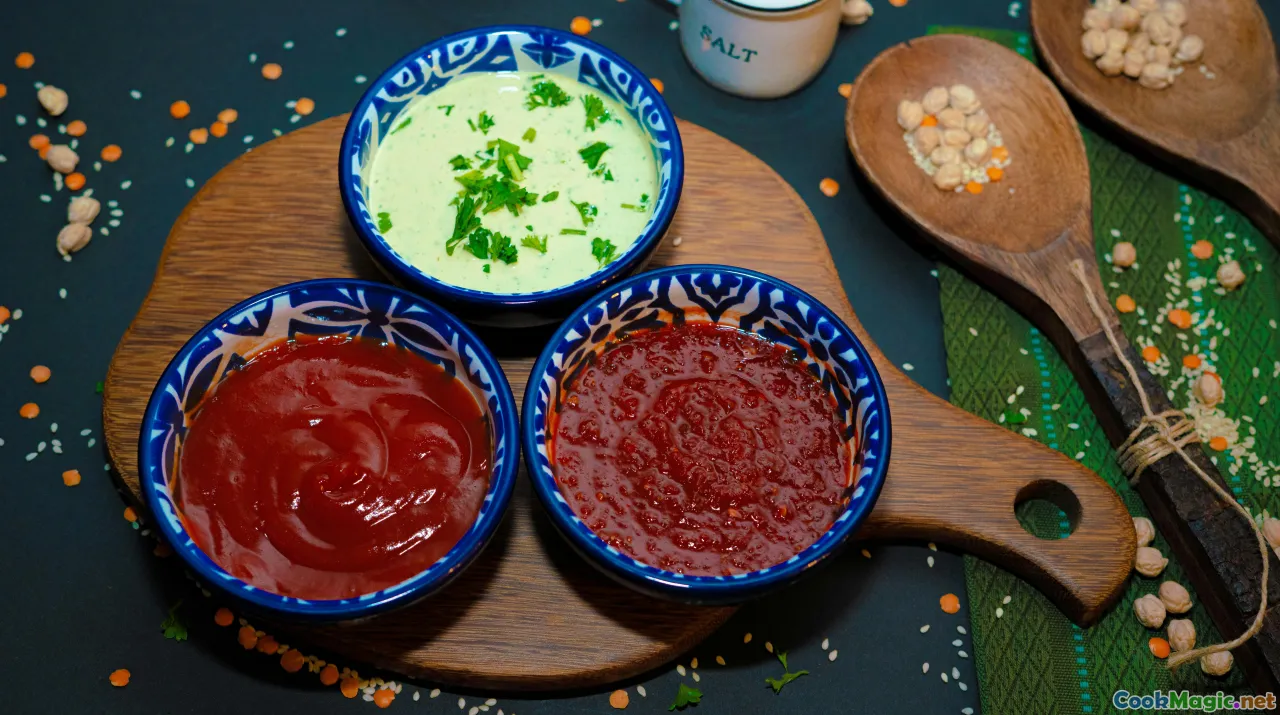
Secrets Behind the Creamy Texture of Svickova Sauce
Few dishes evoke the comforting, rustic soul of Czech cuisine quite like svíčková. Its velvety, golden sauce blanket over tender marinated sirloin is a culinary masterpiece—a confluence of tradition, technique, and deep-rooted cultural identity. Yet, underneath its glossy surface lies a secret tapestry of ingredients and methods that craft its signature creaminess, a texture so indulgent it seems almost enchanted. For those seeking to decode this culinary marvel, join me on an immersive exploration into the secrets behind the perfect svíčková sauce, from history and herbs to the subtle science that makes it unforgettable.
The Heart of Czech Comfort: The Cultural Significance of Svickova

To truly appreciate the secrets of svíčková's creamy texture, one must first understand its cultural roots. In the Czech Republic, svíčková is not just a dish; it is an emblem of national pride and familial tradition. Typically served during Sunday family gatherings, holidays, or festive celebrations, this dish weaves together Czech history with every slice of tender beef and every ripple of sauce.
Generations of Czech cooks, from rustic village kitchens to sophisticated Prague eateries, preserve the art of sourcing the best ingredients—fresh root vegetables, rich cream, and quality beef—and combining them with}, reverence and skill. The sauce's luscious consistency elevates the humble ingredients into a culinary ritual, evoking warmth, nostalgia, and a touch of celebratory grandeur.
The Backbone: Authentic Ingredients That Define Texture

The golden hue and velvety body of svíčková derive from core ingredients that serve as its foundational pillars:
- Marinated Beef: Typically a tender beef sirloin or fillet. The meat's high quality and proper preparation are pivotal. For that characteristic melt-in-the-mouth tenderness, it’s essential to select well-marbled, fresh cuts and to marinate them thoroughly.
- Vegetables & Herbs: Carrots, parsley root, onion, and celery form the aromatic base. These are not merely flavor contributors but their cooked-down starches, combined with other elements, create the silky depth.
- Cream & Dairy: The final touch—a generous dollop of thickened cream—gives svíčková its signature luscious, slightly tangy finish.
- Spices & Seasonings: Ground black pepper, bay leaves, allspice, and a hint of marjoram add subtle layers without overpowering the sauce’s finesse.
The careful selection and balancing of these ingredients are what set apart a good svíčková from an exceptional one.
The Art of Marination and Slow Simmering: Building the Creamy Base

One of the most revered secrets lies in the marination process. Traditionally, the beef is marinated for at least 24 hours in a mixture of white wine, onions, bay leaves, and peppercorns, imparting an extra layer of richness and allowing flavors to permeate deeply.
Once marinated, the beef is browned and then simmered gently with the vegetables, herbs, and occasionally a splash of vinegar. Slow cooking for multiple hours is key. This technique ensures the connective tissues break down completely, rendering the beef soft enough to practically melt in your mouth, while the vegetables release natural starches that act as natural thickeners.
The aromatic vegetables and spices do more than flavor—they contribute to the sauce's body, beginning its transformation into that irresistibly creamy consistency.
Pro tip: Regular skimming during simmering helps maintain a clear, velvety sauce that isn’t clumpy or dull.
The Magic of Pureeing: Achieving the Iconic Velvety Texture
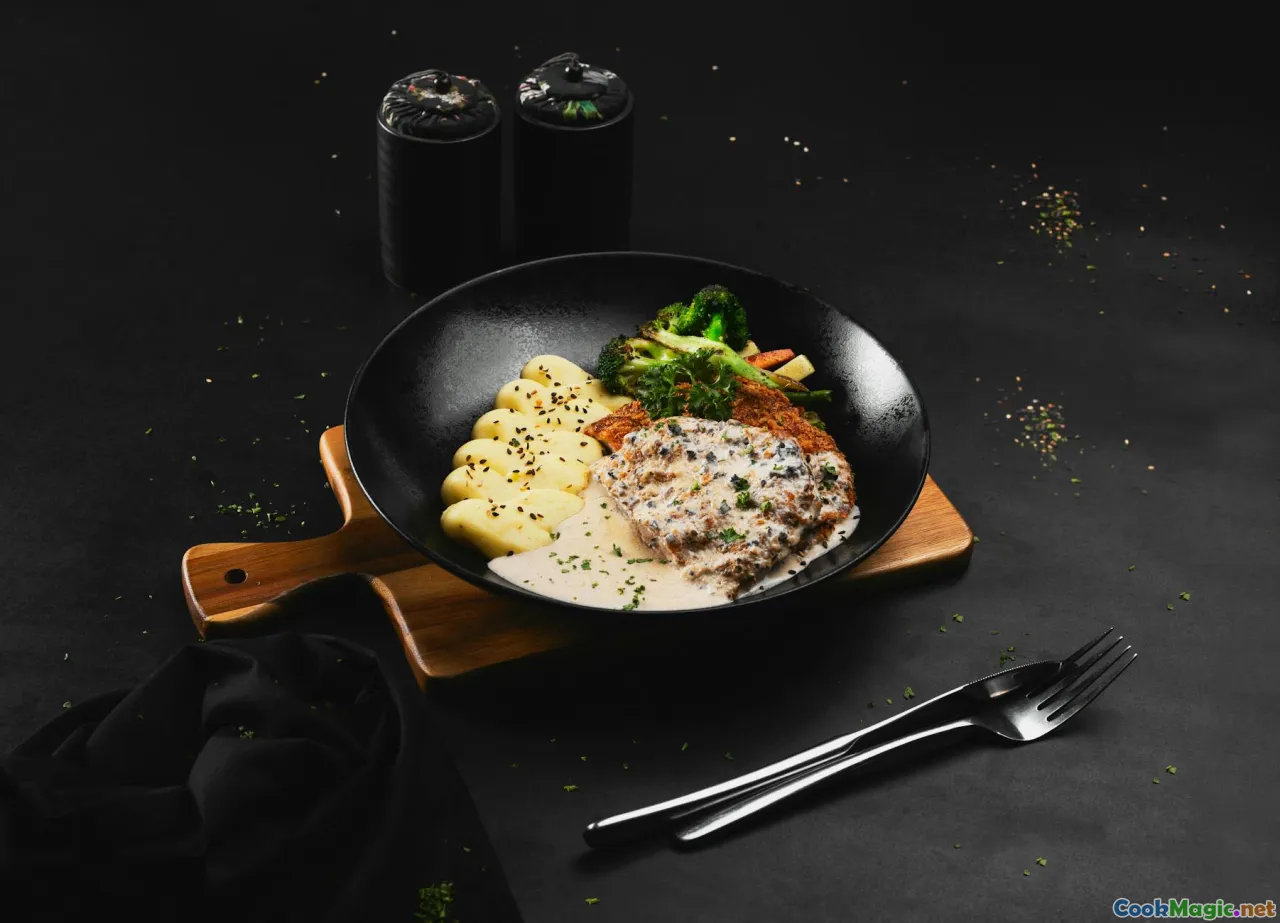
Once the beef has been simmered to perfection, it’s removed and set aside while the sauce's remaining ingredients are processed. Here’s where many cooks get creative: traditional Czech cooks often use a hand blender or sieve, depending on desired texture.
The vegetables—carrots, parsley root, and onions—are carefully pureed, creating a smooth, vibrant fabric of flavor. These pureed vegetables serve as the backbone of the sauce’s thickened texture, seamlessly blending the earthy sweetness and aromatic depth. On top of that, the natural gelatin from the simmered beef combines with the pureed vegetables to create a natural natural thickener.
**Why is this important?**The pureeing process breaks down fibrous components into tiny particles, producing a seamless, luxurious consistency that coats every bite with velvety richness.Pro tip: For extra silkiness, some cooks add a small amount of cleaned breadcrumbs or soaked bread crumbs, whipped into the sauce, to enhance its body without affecting flavor.
The Final Touch: Cream and Seasoning to Perfection
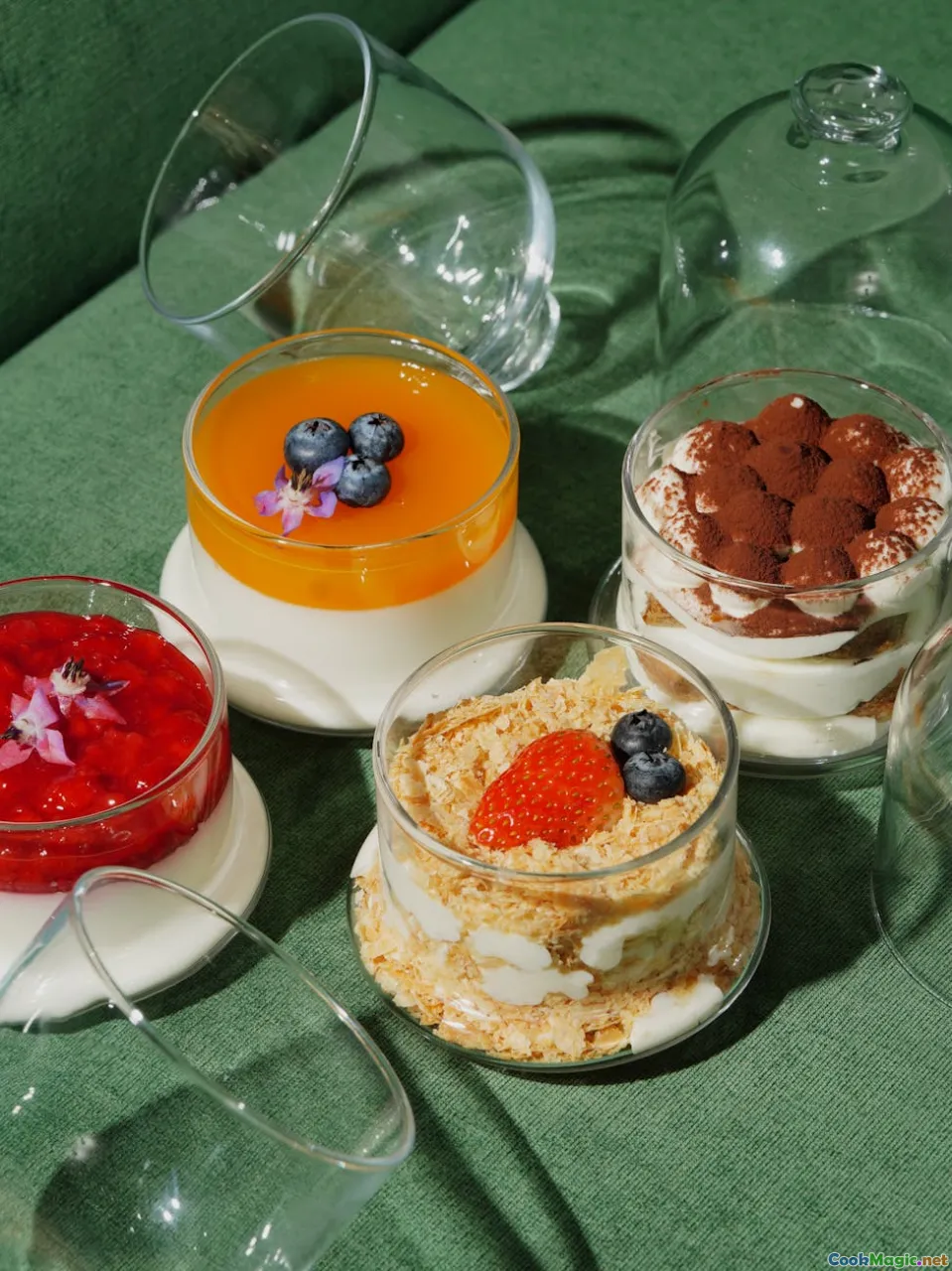
No svíčková is complete without its signature finish—rich cream, ideally Czech sour cream (zakysaná smetana). Adding the cream towards the very end allows it to integrate smoothly, imparting a gentle tang and velvety density.
The correct ratio of cream to sauce is critical: too much can break the sauce’s emulsion, while too little risks losing the characteristic richness. The secret is to incorporate the cream gradually, stirring continuously, until the sauce swells into a smooth, glossy blanket.
Seasonings are fine-tuned here, often with a pinch of freshly ground pepper, nutmeg for warmth, and sometimes a squeeze of lemon juice to boost the tang.
For authenticity and visual appeal, the dish is traditionally served with a dollop of sour cream, a slice of lemon, and a sprinkle of finely chopped chives or parsley.
Technique Tweaks for Textural Supremacy
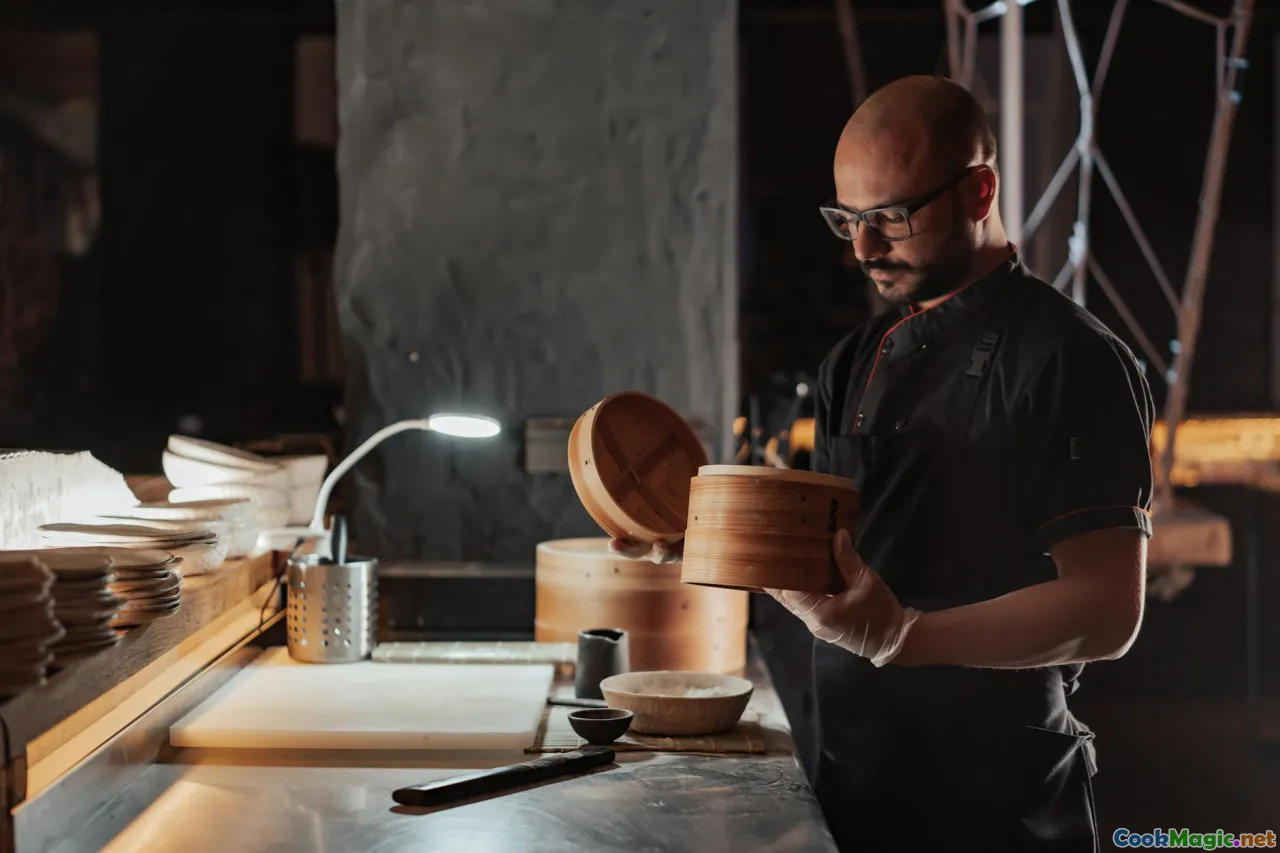
Culinary mastery lies in subtle adjustments. Here are some expert tips to optimize the creamy texture of svíčková:
- Rest the sauce: After pureeing and adding the cream, allow the sauce to rest for at least 15 minutes. This helps the flavors meld and the texture stabilize.
- Control heat carefully: Overheating after adding cream can cause curdling; maintain gentle simmer or low heat.
- Balance acidity: A splash of vinegar or lemon is vital—not just for flavor but to preserve the sauce's silky appearance.
- Use quality dairy: Fresh, high-fat sour cream or heavy cream enhances creaminess.
- Strain if necessary: For Ultra-smooth texture, pass the sauce through a fine sieve before serving.
Comparing Svíčková: Modern Twists or Classic Preserves?

While tradition holds sway for many enthusiasts, some chefs experiment with modern twists—adding roasted root vegetables, infusing with truffle oil, or serving alongside artisanal bread. But the essence of a heavenly svíčková remains rooted in its creamy, velvety sauce.
In some regions, innovative chefs blend in a touch of crème fraîche or mascarpone instead of traditional sour cream, amplifying that pastoral creaminess — yet the secret to the perfect texture remains consistent: patience, choice ingredients, and respectful technique.
Personal Insights and Recollections
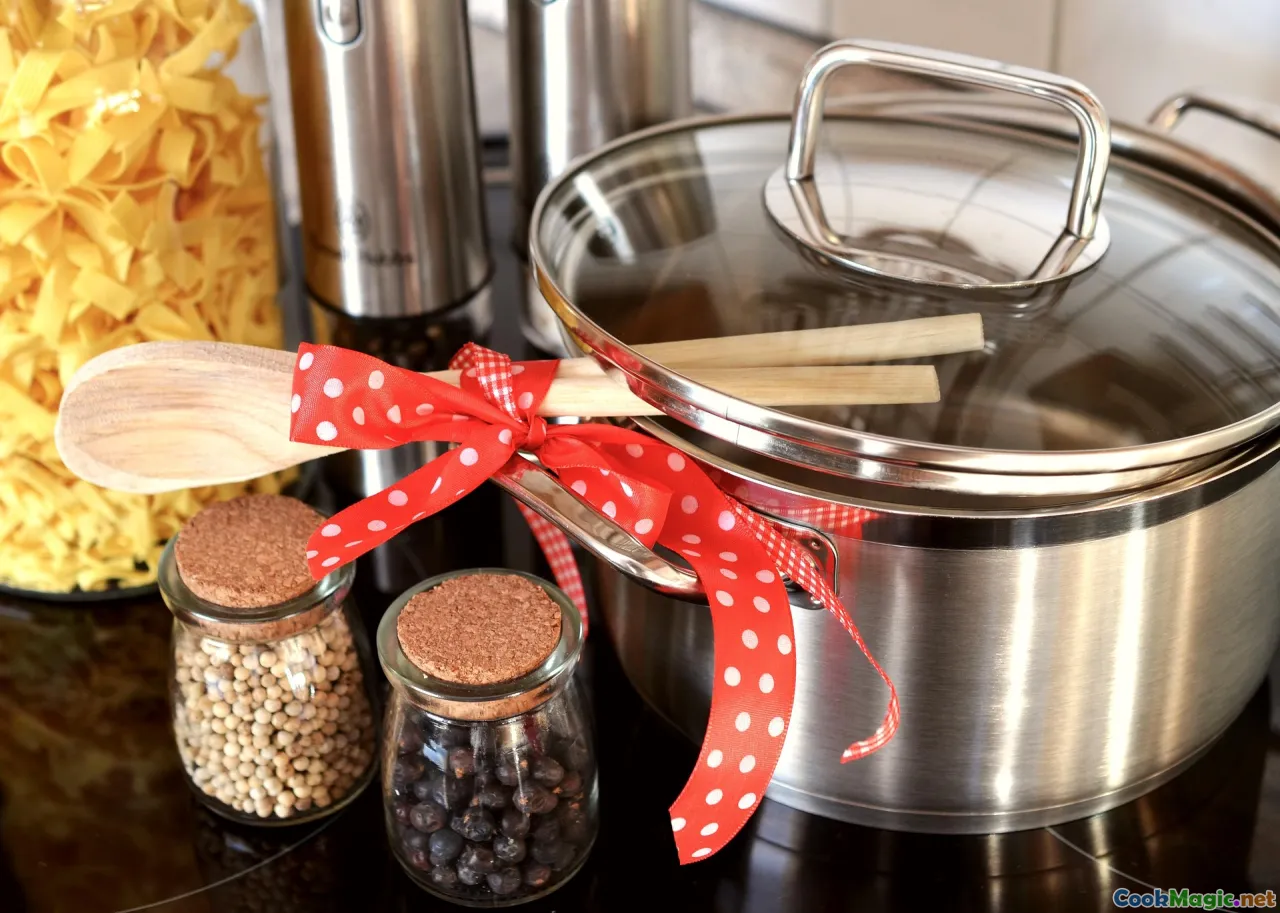
Having spent countless weekends in Czech kitchens, I’ve watched grandmothers meticulously prepare svíčková with reverence and seasoned intuition. I recall the scent of fresh root vegetables simmering softly, the gentle whirr of the hand blender transforming rustic veggies into silky sauce, and that moment when the cream was gently stirred in—warming the kitchen with a symphony of aromas.
In Prague’s cozy cafés and countryside taverns alike, the mastery of this sauce symbolizes more than culinary skill; it reflects Czech resilience, familial bonds, and a collective embrace of tradition.
The Takeaway: Crafting Your Own Silky Svickova

Mastering the creamy texture of svíčková involves honoring longstanding techniques while embracing the small tweaks that elevate the dish. From selecting prime cuts and properly marinating to slowly simmering and skillfully pureeing, each step crafts a sauce that’s custard-like, luscious, and deeply satisfying.
When next you attempt to recreate this Czech classic, remember: patience is your secret ingredient. Let the reduction, blending, and finishing gestures be gentle, deliberate, and infused with love. The result—a sauce that promises comfort, nostalgia, and culinary artistry, encasing each bite in velvety perfection.
Buďte zdrávy a dobrou chuť – Here’s to your flavorful journey into the secrets of svíčková’s irresistible creaminess.









